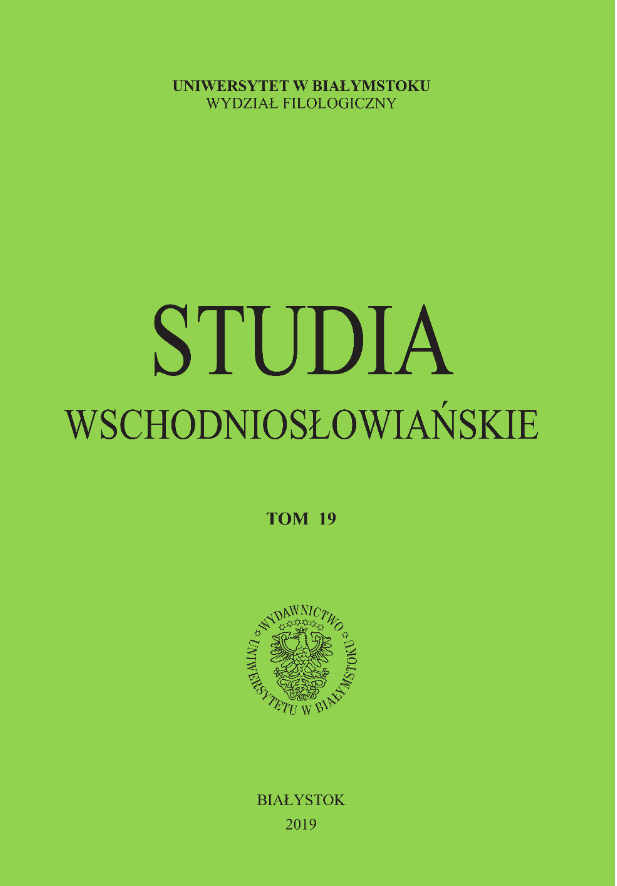Образ усадьбы в литературе и живописи конца ХIХ – начала ХХ века
The image of the country estate in literature and visual arts of the late 19th and early 20th century
Author(s): Natalia MichalenkoSubject(s): Language and Literature Studies, Fine Arts / Performing Arts, Visual Arts, Studies of Literature, Russian Literature
Published by: Wydawnictwo Uniwersytetu w Białymstoku
Keywords: country estate; literature and visual arts of the late 19th and early 20th century; Ivan Bunin; Konstantin Balmont; Sergei Zhukovsky; Igor Grabar
Summary/Abstract: The image of a country estate was often used both in the Russian literature of the late 19th and early 20th century, and in the painting of this period: they shared common themes, motifs, and subjects. The idyllic image of the estate, filled with peace, tranquility, serenity, where a person lives in harmony with nature, was interpreted in verses by Ivan Bunin (e.g. The night turns white...), Vladimir Nabokov (A Lovely Time) and others, and illustrated by the paintings of Sergei Zhukovsky (The Evening Sun, 1914, A Manor House in the Autumn, 1906, etc.) In the eyes of the lyrical hero, the image of a country estate often carried the first love’s memories, and was filled with an atmosphere of happiness. Thus, the romanticized image of the country estate was used in the verses, e.g Nikolay Gumilyov’s Old Manors (1913), Ivan Bunin’s In quiet night, the moon has risen... (1916), etc. and in paintings, e.g. Konstantin Korovin’s The Larins’ Garden” (1908), A Nocturnal Duet (1921), Igor Grabar’s Golden Leaves (1903). Sometimes the manor appears as a place preserving the memory of a happiness long lost, a life long gone, of a family nest full of memories. One can see, for example, the pictures: Sergei Zhukovsky’s Sad Thoughts (1907), Vasily Polenov’s Grandmother’s Garden (1878), the verses by Andrei Bely The Manor (1903, 1925), Konstanin Balmont’s In Memory of Turgenev (1894) etc. After the Russian Revolution of 1917, the émigré literature often used the image of a destroyed manor as a symbol of the demise of Russia and its unique culture.
Journal: Studia Wschodniosłowiańskie
- Issue Year: 2019
- Issue No: 19
- Page Range: 151-163
- Page Count: 13
- Language: Russian

